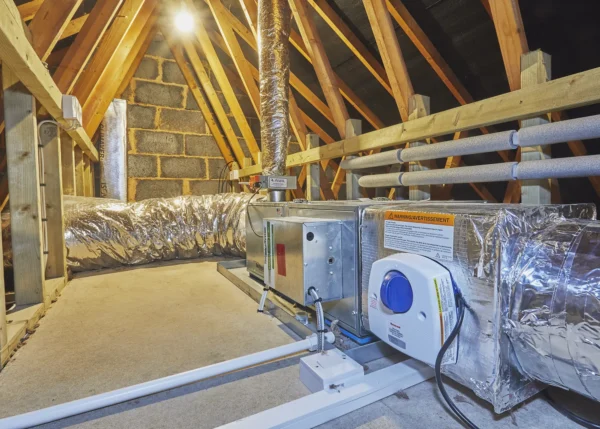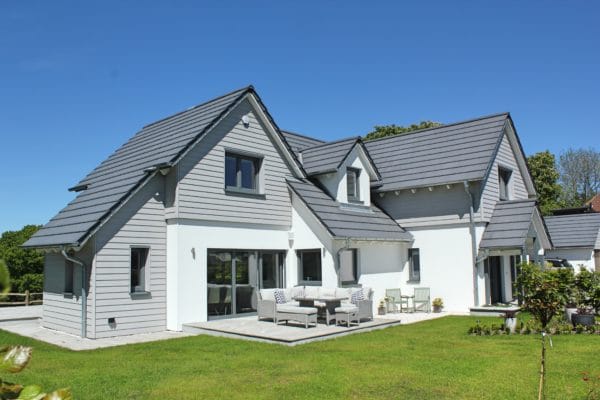What are Composite Windows?
If you’re looking for a high-performance fenestration solution for your project, composite windows could be the answer.
Available in a wide range of styles and specifications, these factory-made products combine an exterior cladding (usually aluminium) with a timber core. The result is a durable composite window with a low-maintenance finish that still offers the charm of wood internally.
Alu-clad composite windows: the benefits
The fact that composite window frames are easy to maintain has obvious benefits for self-builders and renovators. You won’t have to put as much time and money you need to spend refinishing windows every few years.
But the aluminium cladding offers another tempting bonus. Its durability makes it a great choice in coastal regions of the UK, where salt spray can be an issue, and other areas exposed to harsh weather conditions.
Using engineered timber (either hardwood or softwood) for the internal framework helps to reduce movement in situ. It also means there’s no need to incorporate a thermal break – which is a necessity for fully metal windows.
Timber is a natural insulator, so composite window frames can easily achieve high levels of energy efficiency. Do check, however, that the manufacturer uses sustainably sourced wood (look for PEFC or FSC certification).
CLOSER LOOK: Contemporary composite windows
Idealcombi’s second generation composite windows feature polyurethane moulds between timber and aluminium components. This delivers excellent U-values in a very slim profile, rivalling aluminium-only frames for sleek sightlines while delivering excellent thermal performance. Find out more > |
These windows were initially developed for the chilly climates of Scandinavia and Canada, so they’re designed to minimise heat loss and many ranges offer both double and triple glazing as standard options.
Many triple-glazed versions are specifically sold as being suitable for achieving Passivhaus standards, where the whole window U-value must be 0.8 W/m2K or better. By contrast, Building Regulations sets a much less efficient threshold of 2.0 W/m2K for windows in new build homes.
Composite windows are supplied pre-assembled, so they’re fully-glazed and factory-finished when they arrive on site for speedy installation. High-quality units are built to last – Crittall suggests a life cycle of over 40 years for its range, for example. That’s comparable to conventional timber windows, and easily beats the widely-recognised 25-35 year lifespan of PVCu units.
Composite window styles & finishes
When it comes to achieving a modern look, composite windows are a fantastic choice. The sleek lines of the powder-coated aluminium cladding are the perfect complement to a contemporary setting.
Traditionally-styled versions are starting to come onto the market, too. In many cases, matching external and bi-folding doors are also available.
Window frame colours
Most manufacturers offer a RAL colour matching service, so you can run the whole gamut of frame tints.
A bold choice might make your windows stand out as a key feature of the facade, for example. Alternatively, you could pick a more muted shade that allows the frames to blend in with the building. Gloss, matt and satin powder-coated finishes are all available, while some manufacturers offer anodised aluminium, too.
Internally, you can choose lacquered, painted or stained finishes for the engineered timber to suit your tastes. Retaining the character of the wood can bring natural warmth to your decor. Meanwhile, painting gives you the opportunity to either highlight the windows’ sleek profiles or match your wall finish for a clean look. And you can always mix and match in different rooms or across different storeys.
Opening configurations
Most window opening configurations are available for composite windows. This includes: flush and stormproof casements; reversible types that tilt 180° to offer easy access for cleaning; and the popular European-style ‘tilt-and-turn’ windows.
Sliding sash windows with composite frames are less common, though they are available through companies such as Sash Window Aid. Be aware, however, that their clean lines can rule them out for heritage projects. Composite sliding sash windows are more likely to be acceptable on new builds.
What do composite windows cost?
Composite windows are basically timber windows with an additional weatherproof cladding. So it’s no surprise that composites occupy the upper end of the pricing spectrum.
Expect to pay from around £350 per m2 for standard casements, and significantly more for ultra-efficient triple-glazed versions.
Ultimately, composite windows suit homeowners who are looking to achieve a high spec, low-maintenance build with good energy efficiency and low running costs. So you’ll reap plenty of benefits in the long run, especially if you’re building near the coast.
Main image: Composite windows from Kloeber
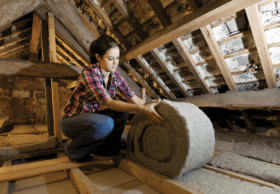



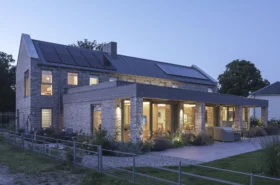


























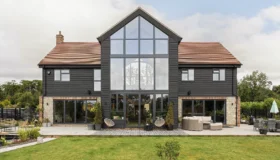






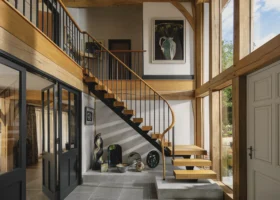
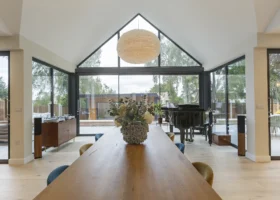


























































 Login/register to save Article for later
Login/register to save Article for later



